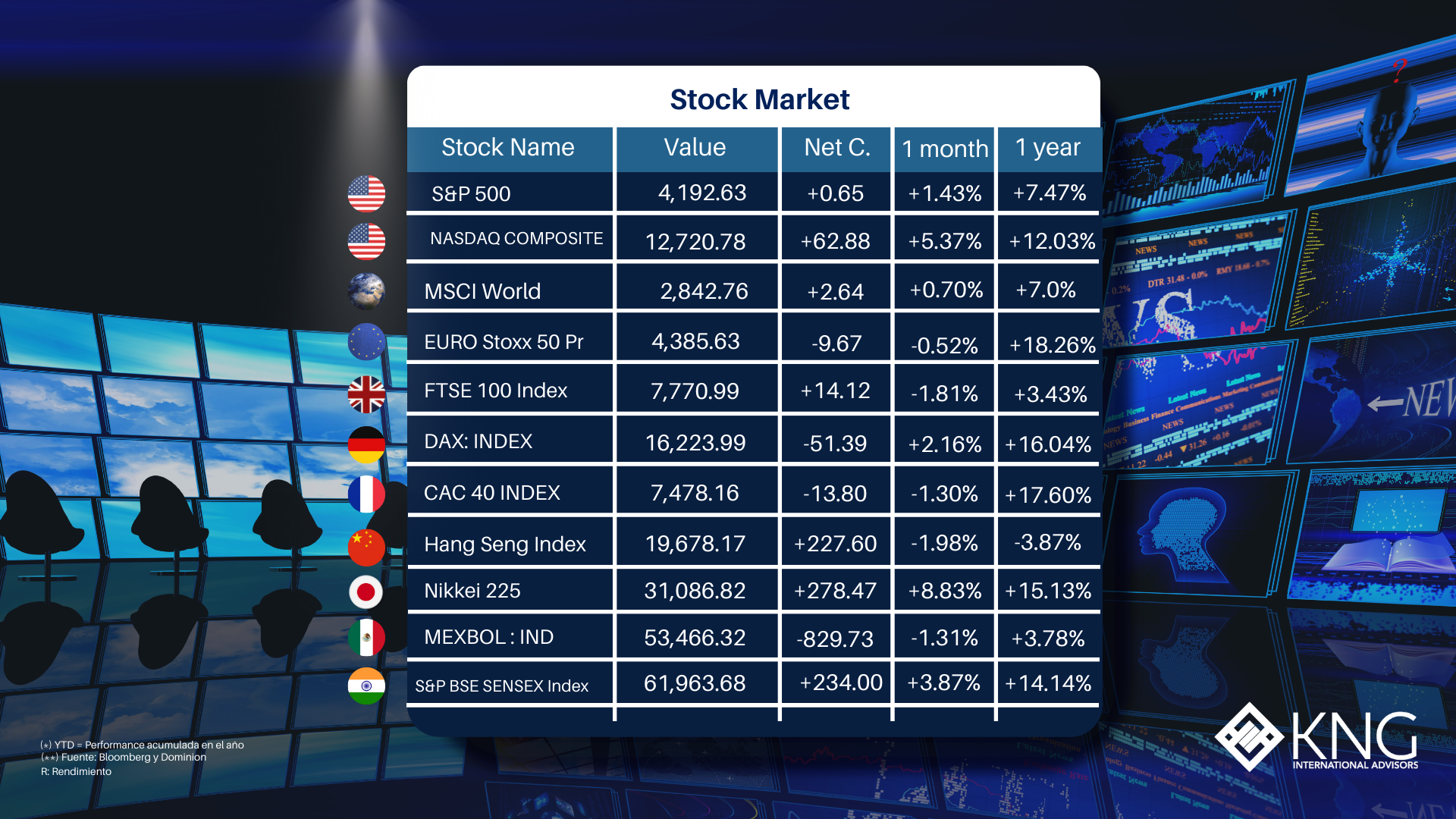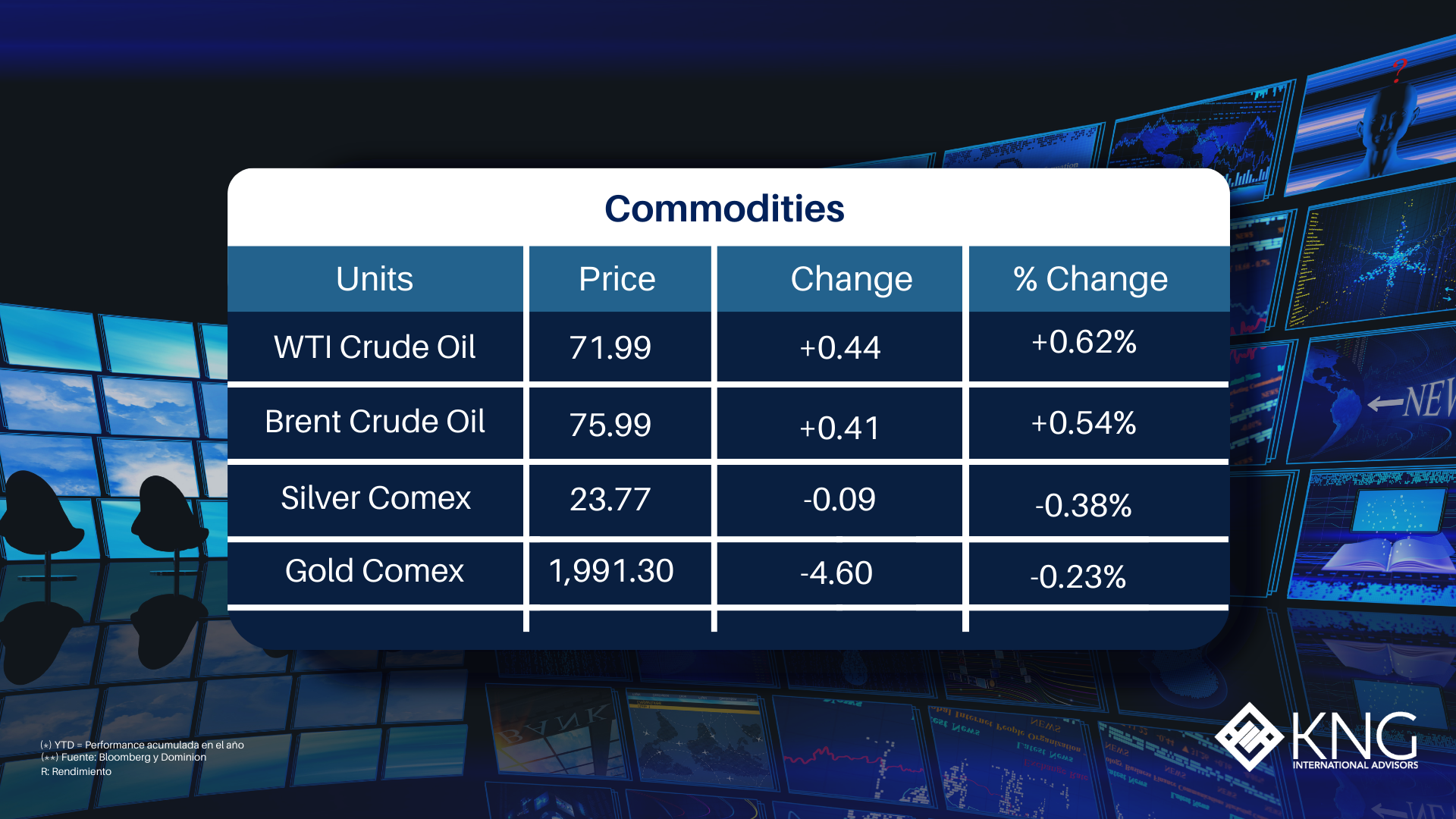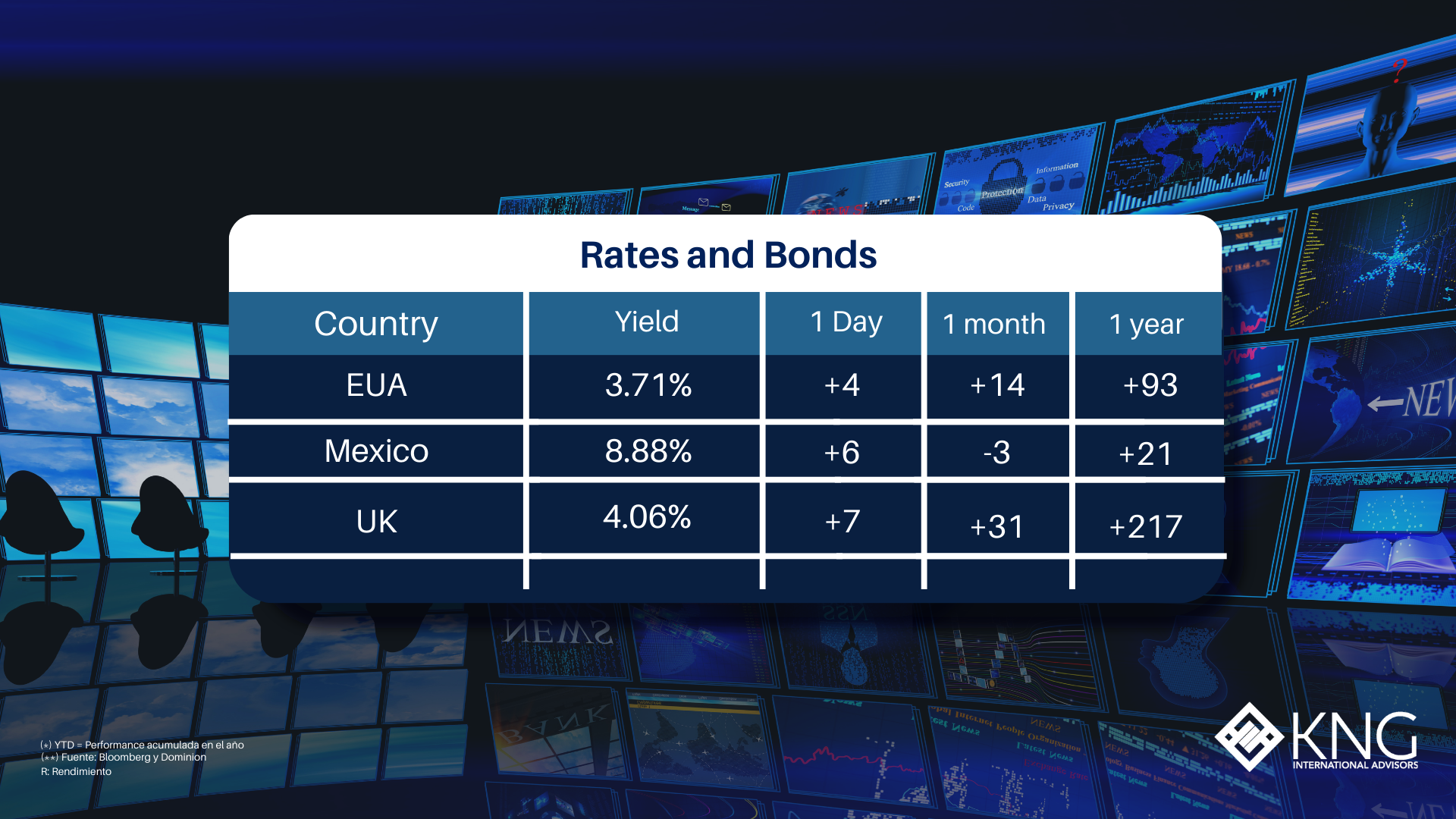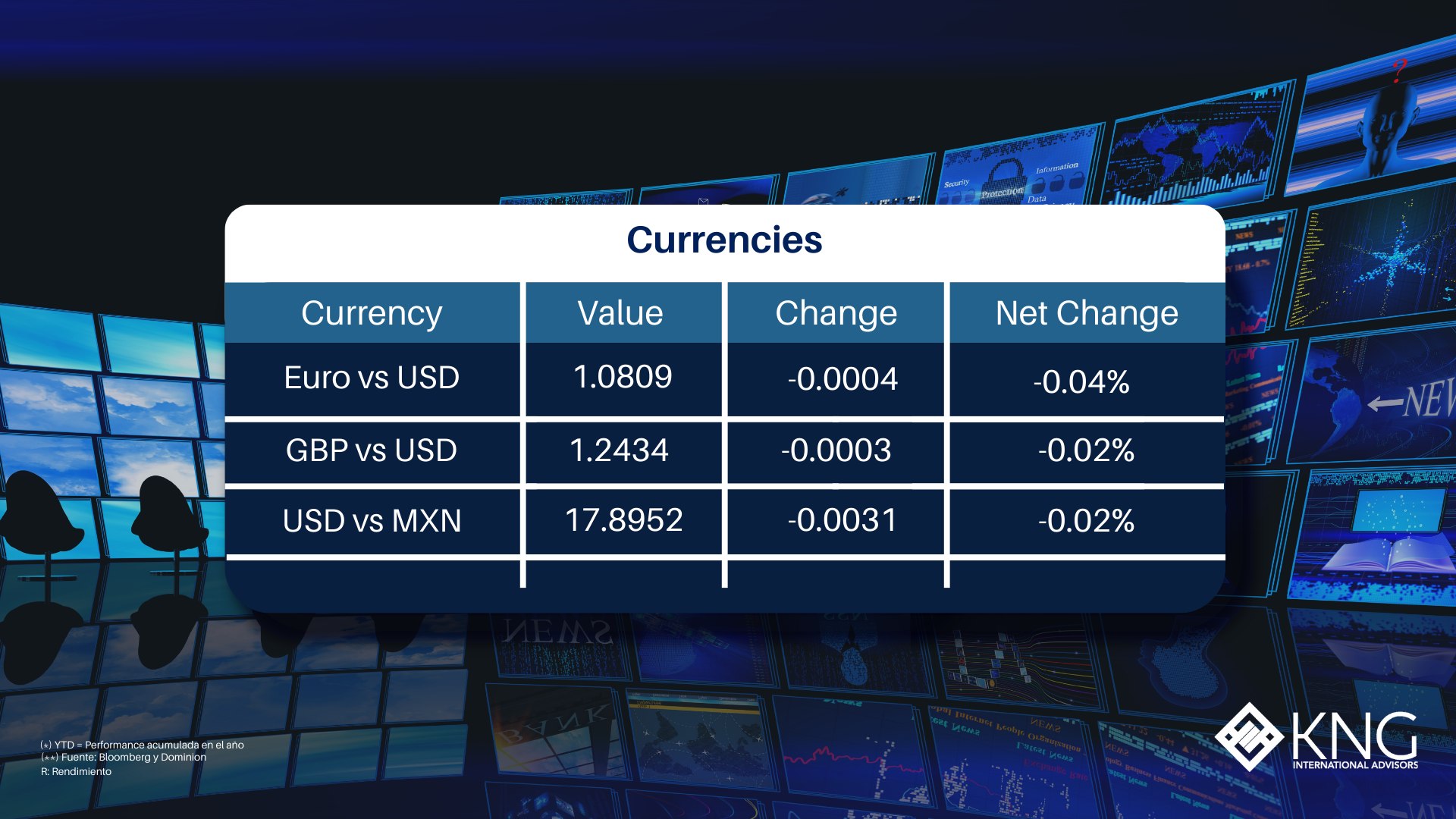Lunes 31 de Mayo del 2023
Listen to this financial market update by playing this audio...




Last week we introduced the concept of investing in cyclical industries and why we think it is important for investors to think about this subject. To recap:
Some sectors in the economy operate in cycles. These cycles of demand are driven by factors in the wider economy and sometimes by factors specific to that industry. These cycles create periods of high demand and profits, followed by lower demand and profits.
Many industries in the economy are exposed to cycles in some form, more so than others. This means that most (if not all) investor portfolios will have some significant exposure to business cycles.
As such, understanding how these cycles work and, most importantly, the risks and opportunities they offer, are very important for investors. To cut a long story short, investors should avoid exposure to cycles near their peak, when expectations and valuations are high, and should favour higher exposure to cycles close to their lows, when expectations are washed out and valuations lower.
In practice most investors get this the wrong way around, investing close to cycle highs and exiting close to lows. This is a big part of the reason why we see big swings up and down in stock markets, it is the underlying cycles in big industries driving these dramatic price changes.
The question we posed last week was: are there any cyclical sectors in the stock market today exhibiting cyclical high or cyclical lows?
Last week we introduced our first example of a sector we see opportunities in, namely energy related capital goods.
This week we want to introduce another sector we think is exhibiting the characteristics of being at or close to cycle lows. Remember: a cyclical sector close to its cycle lows typically has been through a prolonged period of volatility, poor stock price returns, weakening demand and low profits, and as a result sentiment towards the industry is rock bottom. Investing at that moment is a counter-consensus strategy, consensus being at a place where it still thinks the outlook remains as dire as the recent past has been.
Some (but not all) areas of the semiconductor industry today are, we believe, exhibiting characteristics of being at or close to cycle lows.
The semiconductor industry is the supply chain of companies and technologies who facilitate the fabrication of the computer chips which power the PCs, smartphones, servers, and other devices which utilise computing in the modern economy. The industry spans high-end design firms who design the chips, the suppliers of software used to design and test chips, the companies (fabricators) who manufacture the chips at scale, and the suppliers of the equipment used by fabricators to manufacture chips.
The COVID-19 pandemic and widespread use of lockdowns around the world resulted in a major increase in demand for electronic goods. Government subsidies in many countries and work from home requirements accelerated the upgrade cycle of PCs, laptops, smartphones, and other electronic devices which are heavy users of semiconductors. This led to a boom in demand for semiconductors and very strong growth in demand across the semiconductor industry in 2020 and 2021. This is a classic up-cycle in a cyclical industry.
Last year (2022) saw a major reversal in this trend, and as such, a major decline in many of the associated share prices of companies in the industry. Expectations and associated valuations in the semiconductor industry were, at the end of 2021, elevated as a result of the very strong demand in 2020 and 2021. This was a poor time to be investing in the sector, the top of the cycle.
As demand came off last year and profits across the industry have declined, driven by much lower demand than expected for PCs, laptops, and smartphones, the performance of the companies and their share prices has been weak too. In early 2023, we have seen classic signs of the bottom of the cycle. Management teams of the companies in the sector sound pessimistic, expectations are low, the news articles you read on the industry are very negative, and there is little appetite to invest.
However, these cycles never stay at their lows in critical industries like semiconductors. Eventually demand for laptops, PCs, and smartphones will pick up as upgrade cycles kick back into gear. What is more, new technologies and features, like 5G and foldable phones, can accelerate these up-cycles. We may be closer than many think to a new up cycle driven by these washed out end markets.
In addition, we now have the kicker to future demand of the rising adoption of artificial intelligence (AI) powered features, led by large language models like ChatGPT. These processes are intensive in their requirements for computing power, and more computing power = a lot more semiconductors. In server and data centre demand (a large and high growth sector that uses a lot of semiconductors), we may also see much sharper increases in demand for computer chips to supply the computing power needed to meet rising demand for AI-enabled functions online.
This is the combination we search for as investors. The weak sentiment, low demand expectations, and low stock valuations associated with the bottom of the cycle, combined with an underappreciated up-cycle in demand that could be just around the corner. A very interesting opportunity indeed, and one we are taking advantage of now.
We would like to thank Dominion Capital Strategies for writing this content and sharing it with us.
Sources: Bloomberg, Yahoo Finance, Marketwatch, MSCI.
Copyright © 2023 Dominion Capital Strategies, All rights reserved.
Disclaimer: The views expressed in this article are those of the author at the date of publication and not necessarily those of Dominion Capital Strategies Limited or its related companies. The content of this article is not intended as investment advice and will not be updated after publication. Images, video, quotations from literature and any such material which may be subject to copyright is reproduced in whole or in part in this article on the basis of Fair use as applied to news reporting and journalistic comment on events.